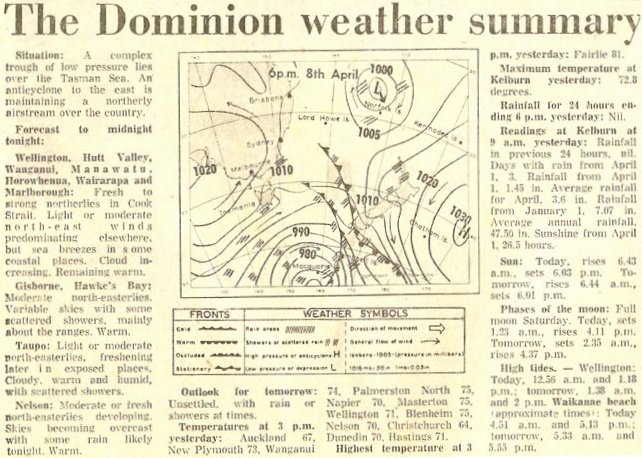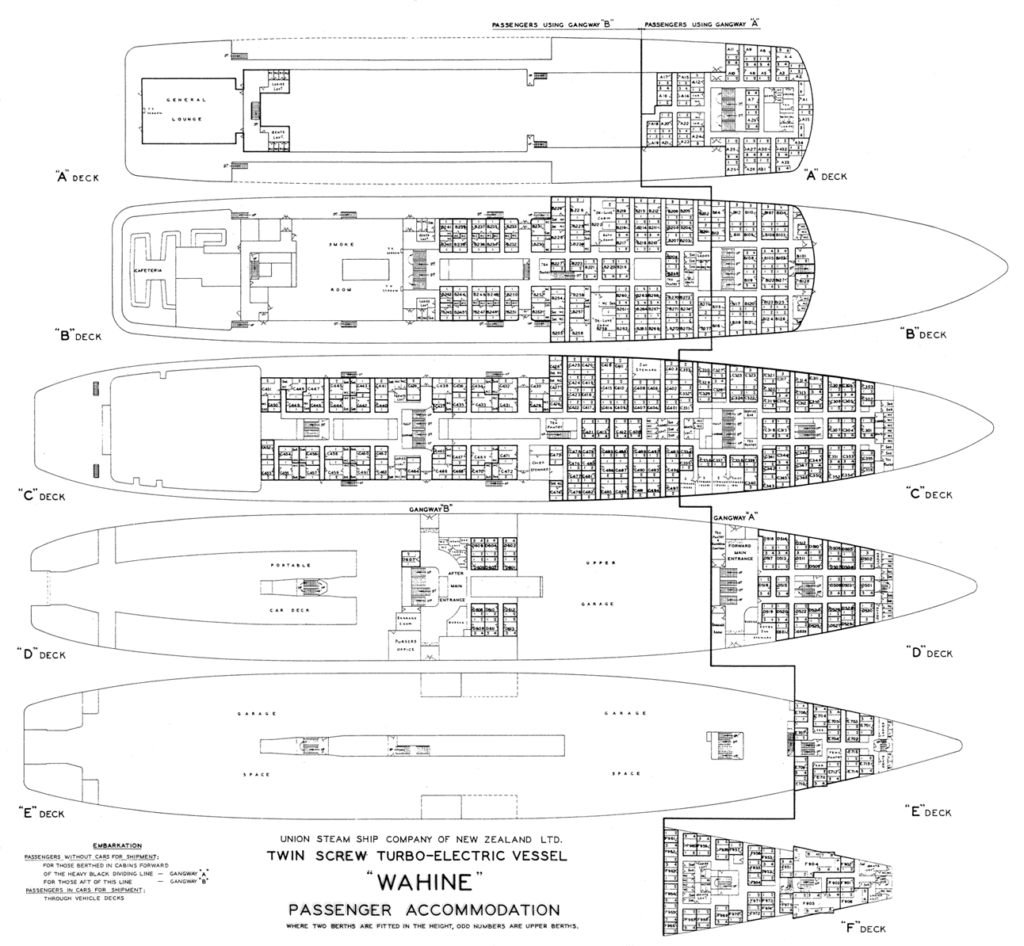The TEV Wahine Disaster
On 10 April 1968, Aotearoa experienced one of its worst maritime disasters when the TEV Wahine sank in Wellington Harbour. The tragedy claimed 53 lives and left an indelible mark on the nation’s collective memory. This article explores the events leading to the disaster, the reasons behind the ship’s sinking, and the lasting impact it had on maritime safety.






The Fateful Journey
The Wahine, an inter-island ferry operated by the Union Steam Ship Company, departed Lyttelton Harbour on the evening of 9 April 1968. With 610 passengers and 124 crew members on board, the vessel set out on what should have been a routine crossing of Cook Strait.
A Perfect Storm
As the Wahine approached Wellington in the early hours of 10 April, two violent storms merged over the capital, creating an unprecedented extratropical cyclone. Cyclone Giselle, which had been causing havoc further north, collided with an Antarctic storm surging up the West Coast of the South Island.
The result was catastrophic:
- Wind speeds reached a staggering 275 kilometres per hour in some Wellington suburbs
- Visibility was reduced to a mere 800 metres
- Massive waves battered the coastline and vessels in the area
The Disaster Unfolds
Loss of Navigation and Control
As the Wahine neared the entrance to Wellington Harbour, the ferocious weather conditions severely hampered navigation:
- The ship’s radar system failed
- Huge waves pushed the vessel off course
- The captain struggled to maintain control in the face of relentless wind and waves
Collision with Barrett Reef
At approximately 6:40 am, despite the crew’s best efforts, the Wahine was driven onto the rocks of Barrett Reef. The impact caused significant damage:
- The starboard propeller was lost
- The port engine failed
- Multiple compartments and the vehicle deck began flooding
A Slow-Motion Tragedy
What followed was a harrowing seven-hour ordeal as the Wahine fought against the elements:
- The ship dragged its anchors, drifting further into the harbour
- Rescue attempts were thwarted by the extreme weather conditions
- At 1:15 pm, the combined effect of the tide and storm caused the Wahine to swing around
- By 2:30 pm, the ferry had rolled completely onto its side
Why the Wahine Sank
The court of inquiry, held ten weeks after the disaster, identified several factors contributing to the Wahine’s demise:
- Exceptional Weather Conditions: The unprecedented storm was the primary cause, pushing the ship off course and onto Barrett Reef.
- Loss of Propulsion: The damage sustained from hitting the reef left the Wahine without adequate propulsive power to navigate the treacherous conditions.
- Water Ingress: The build-up of water on the vehicle deck significantly affected the ship’s stability.
- Errors in Judgment: While acknowledging the extremely difficult circumstances, the inquiry found that some errors were made both on board and on shore.
Rescue Efforts and Heroism
As the Wahine capsized, a desperate race to save lives began:
- Rescue boats were launched from Seatoun and the inner harbour, battling mountainous seas
- Many survivors reached the shore at Seatoun, where local residents rushed to their aid
- Over 200 survivors drifted across the harbour to Eastbourne, where rescue teams eventually reached them
The disaster brought out extraordinary acts of heroism from both professional rescuers and ordinary citizens, who risked their lives to save others in the face of the raging storm.
Legacy and Lessons Learned
The Wahine disaster served as a catalyst for significant changes in maritime safety:
- Improvements in ship design and construction to enhance stability and survivability
- Implementation of more rigorous voyage planning and emergency procedures
- Introduction of the International Safety Management (ISM) Code
- Advancements in weather forecasting and maritime communications
- Establishment of the Rescue Coordination Centre NZ and the Maritime Radio Service
Remembering the Wahine
Today, several memorials stand as solemn reminders of the tragedy:
- Wahine Memorial Park in Seatoun features a bow thruster from the ship
- The Wahine’s anchor, chain, and replica ventilators are displayed in Churchill Park, Seatoun
- The ship’s foremast stands near Burdan’s Gate on the eastern side of the harbour
- The main mast forms part of a memorial in Frank Kitts Park on the Wellington waterfront
The Wahine disaster remains a poignant chapter in our maritime history. It serves as a stark reminder of the sea’s power and the importance of continuous improvement in maritime safety. As we reflect on this tragedy, we honour those who lost their lives and the brave individuals who risked everything to save others on that fateful day in Wellington Harbour.
